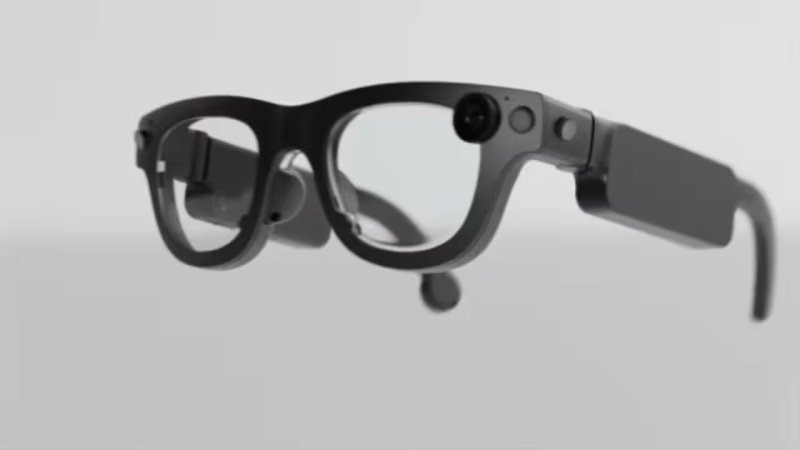Meta has unveiled more details about Aria Gen 2, a next-generation wearable device designed for research purposes, following up on the original Project Aria launched in 2020. This advanced model features a host of upgrades in both hardware and design, enhancing its role in AI and machine learning research. One of the key highlights of Aria Gen 2 is its improved sensor array, which includes updated computer vision and tracking capabilities, offering deeper insights into human-computer interaction. The glasses now support both hand and eye tracking using high-performance vision systems and sensors, making them a significant step forward in wearable technology.
Retaining a lightweight form factor of approximately 74 to 76 grams, the device offers greater comfort and usability. Its flexible folding arms add convenience, and Meta has made it available in eight different sizes to accommodate various head shapes and facial features. One of the standout improvements is the new global shutter camera sensor, capable of capturing a dynamic range of 120dB, up from the 70dB found in the original model. This allows for better performance in diverse lighting conditions. Enhanced stereo overlap—now increased to 80 degrees from 35—enables richer depth perception and spatial awareness, which is vital for spatial computing applications.
Four computer vision cameras on the Aria Gen 2 broaden its range of vision for sophisticated 3D tracking. The eye-tracking system can monitor detailed metrics like gaze direction, pupil size, blink rate, and vergence points, contributing to improved understanding of user attention and interaction. Simultaneously, the glasses can track hand movements in 3D space with remarkable precision, supporting applications such as robotic manipulation and manual data labeling.
Meta has also embedded various sensors into the glasses, including a 12-megapixel RGB camera, spatial microphones, GNSS, a barometer, and stereo speakers. Additional features like a calibrated ambient light sensor with ultraviolet mode and a contact microphone in the nose pad further broaden its capabilities. A PPG sensor within the nose pad also allows the device to monitor heart rate accurately.
Aria Gen 2 utilizes Visual Inertial Odometry (VIO) for six degrees of freedom tracking, enabling navigation and environmental mapping. This is powered by Meta’s custom coprocessor and advanced machine perception algorithms running directly on the device. Though packed with innovative technology, the Aria Gen 2 is not intended for public sale. Instead, Meta positions it as a development platform for research institutions and corporate partners like BMW, Carnegie Mellon University, IIIT Hyderabad, and the University of Bristol.
Topics #Facebook #Glasses #Goggle #Meta #Meta AI #Meta Aria Gen 2 #news #PPG Sensor











